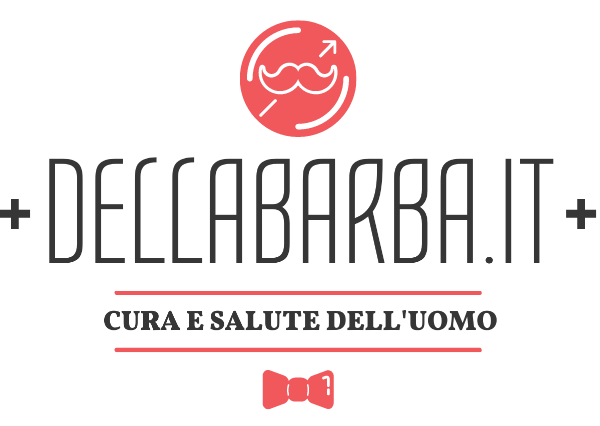What Is Manufacturing Resource Planning (MRP)?
Manufacturing Resource Planning II (MRP II) is an information system utilized by businesses. Manufacturing Resource Planning evolved from early Materials Requirement Planning systems by adding employee and financial data integration.
This system aims to centralize, integrate, and process information efficiently for effective decision-making in scheduling, design engineering, inventory control management and manufacturing cost control.
MRP and MRP II can be considered precursors to Enterprise Resource Planning (ERP), the process by which an organization, typically manufacturers, organizes the essential aspects of its business in an integrated fashion.
An ERP management information system combines aspects such as planning, purchasing, inventory control, sales/marketing activities, finance/human resource functions into one cohesive informational platform. ERP applications often take the form of software packages. There have been dozens of large applications developed specifically to assist companies implement ERP.
Understanding Manufacturing Resource Planning (MRP II)
MRP II is a computerized scheduling program used to produce detailed production schedules using real-time information about component materials arriving and machine and labor availability. MRP II can be implemented independently or used as part of larger enterprise resource planning (ERP) systems.
Manufacturing Resource Planning II (MRP II) is an information system used by businesses. MRP II can be seen as the next logical step from materials requirement planning (MRP), though both services exist independently from one another and stand as precursors for Enterprise Resource Planning (ERP). Key Takeaways for Manufacturing Resource Planning are as follows.
MRP II is an evolution of Materials Requirement Planning I (MRP I). MRP (or Materials Requirement Planning), one of the earliest software-based integrated information systems designed to increase productivity for businesses.
Materials Requirement Planning Information Systems are sales forecast-based systems used to organize raw material deliveries and quantities according to machine and labor unit estimates necessary for fulfilling sales projections.
Manufacturers quickly recognized in the 1980s that they required software that could seamlessly integrate into accounting systems and forecast their inventory needs, like MRP II provided as an answer. With its many capabilities that went far beyond MRP I, this solution proved particularly advantageous.
Real-World Examples of MRP II Software
Here’s a small sampling of popular MRP II software providers as of early 2020:
- QMS
- Fishbowl
- FactoryEdge
- Prodsmart
- both
- Oracle Netsuite Manufacturing Edition
- Epicor
- S2K Enterprise
MRP I vs. MRP II
At first glance, MRP II software has effectively replaced MRP I software. Many MRP II systems provide all the same functions of an MRP system, and additionally they include logistics tracking features as well. In essence, they’ve replaced each other effectively!
MRP II goes further by taking into account variables not captured by MRP alone – including machine and personnel capacity–providing an accurate representation of an organisation’s operating capabilities. Many MRP II solutions also come equipped with simulation features so users can enter variables directly, then see their impact downstream. Due to MRP II’s capacity for providing feedback on any given operation, some refer to it as closed-loop systems.
MRP I consisted of three major functions.
Master Production Scheduling, Bill of Materials Tracking and Inventory Tracking are the core functions of MRP II; additionally it features:
Machine Capacity Scheduling and Demand Forecasting as Well as Quality Assurence is provided through quality management system.
MRP II systems remain popularly employed by manufacturing firms today and may either stand-in for or be part of an enterprise resource planning (ERP) system; Enterprise Resource Planning software systems have evolved as the successors to MRP II software solutions.
ERP suites often go far beyond manufacturing processes to cover everything from human resource and customer relationship management, through enterprise asset management.
